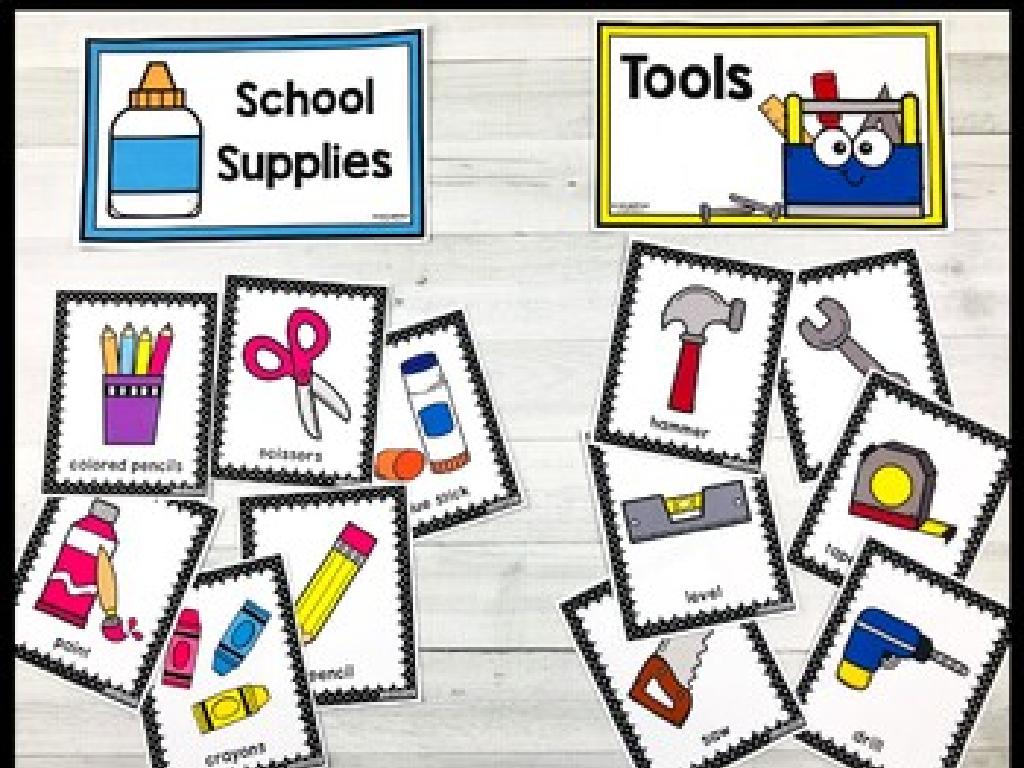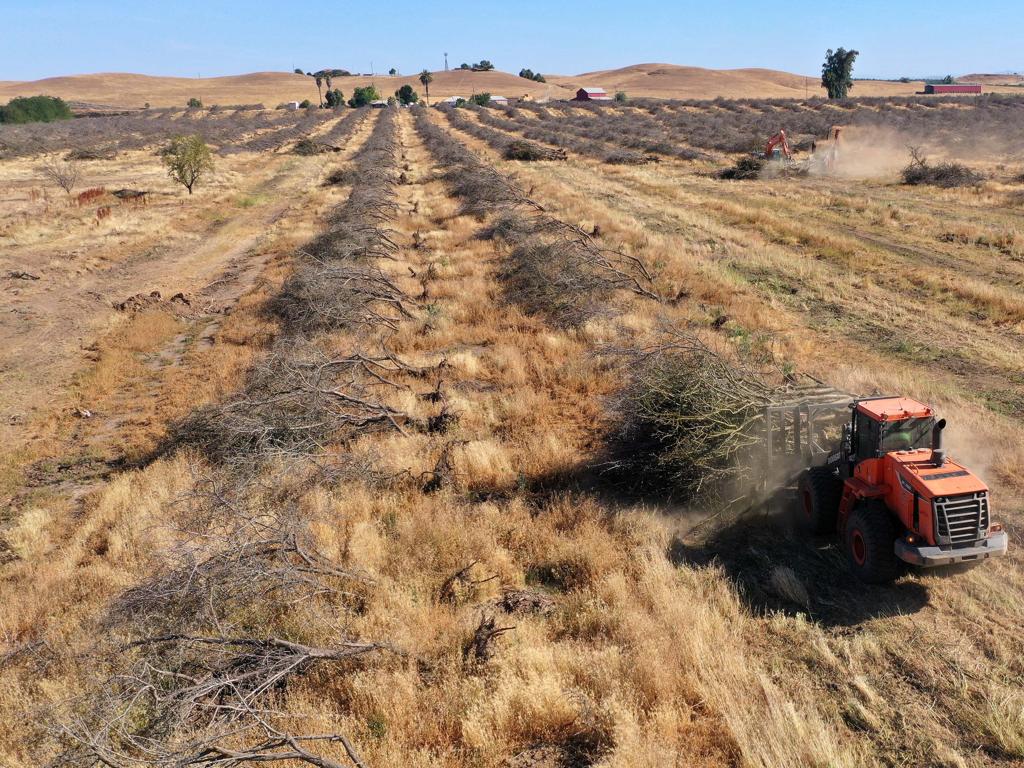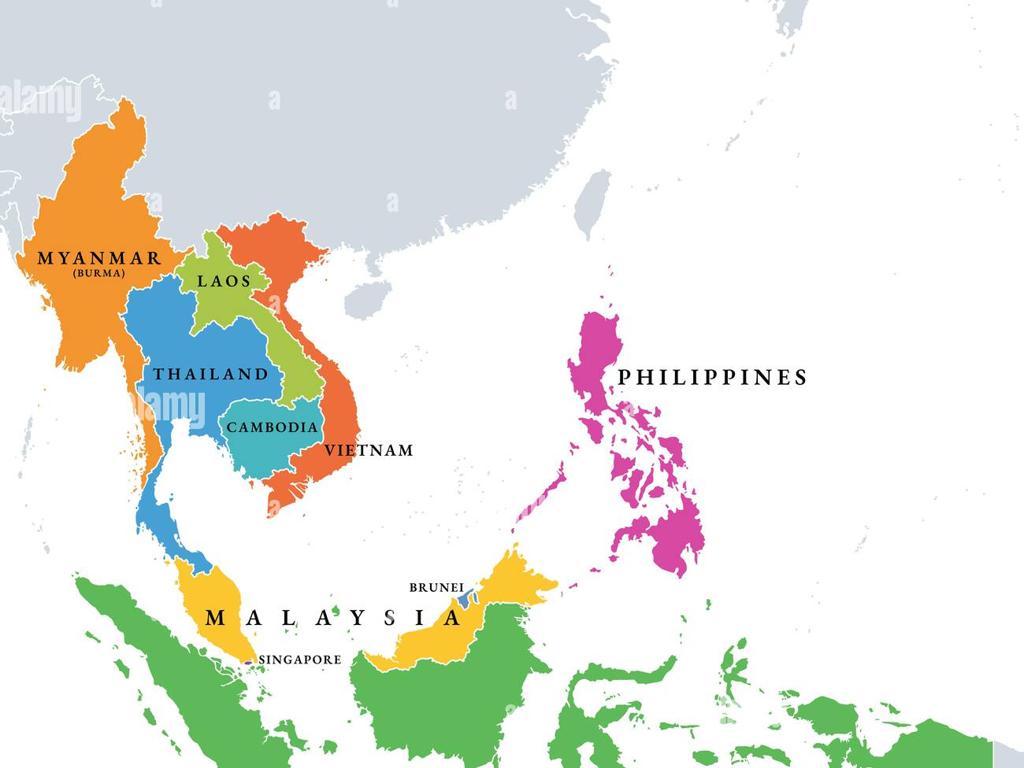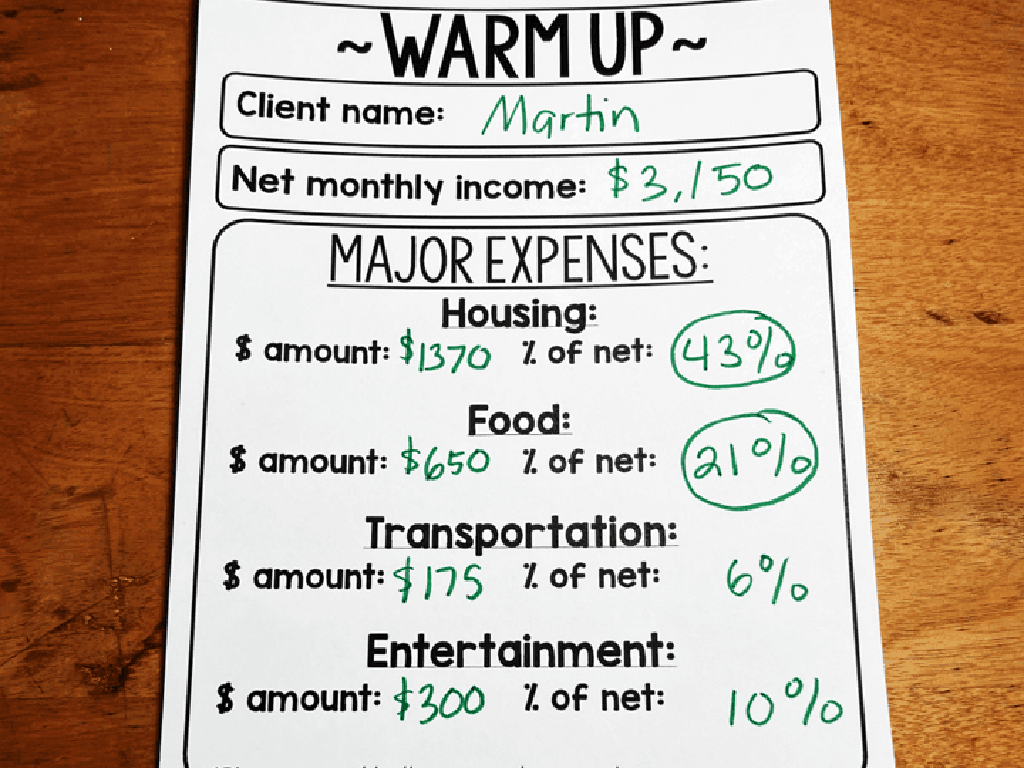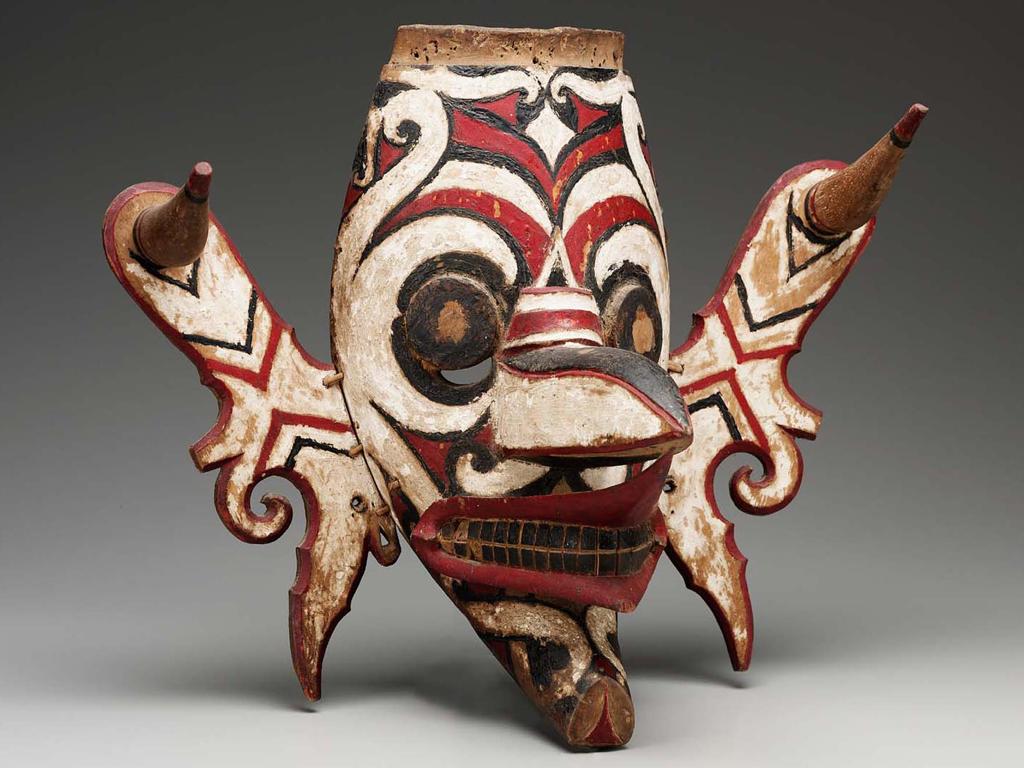Identify Human And Physical Features
Subject: Social studies
Grade: Kindergarten
Topic: Physical Geography
Please LOG IN to download the presentation. Access is available to registered users only.
View More Content
Exploring Physical Geography
– Greet our little explorers
– Learn about our amazing world
– Discover human features
– Things people build like houses, schools, and bridges
– Identify physical features
– Natural things like mountains, rivers, and trees
|
This slide is designed to introduce Kindergarten students to the basics of physical geography in an engaging and age-appropriate way. Start the lesson with a warm and enthusiastic greeting to capture the children’s attention. Explain that geography helps us understand the world we live in, including both the natural environment and the things that people create. When discussing human features, use examples familiar to the students, such as their own home or school. For physical features, mention elements they might see in a park or on a trip, like mountains or rivers. The goal is to make the content relatable and to inspire curiosity about the world around them.
Exploring Our Earth: Physical Geography
– Earth’s land and water
– Helps us know our world
– It’s like a big map that tells us about different places!
– Physical features are all around
– Mountains, rivers, and beaches
– Examples: Rocky Mountains, Mississippi River, Santa Monica Beach
|
This slide introduces the concept of physical geography to Kindergarten students, emphasizing the tangible aspects of the Earth such as landforms and bodies of water. It’s important to use simple language and relatable examples to help the young learners connect with the topic. Show them pictures of mountains, rivers, and beaches to visually reinforce the concepts. Encourage them to think about and discuss any physical features they have seen or visited. This will help them understand that geography is not just in books but is something they can see and experience in the real world.
Exploring Our Earth: Physical Features
– Natural physical features
– Things not made by humans, like landforms and bodies of water
– Mountains, rivers, oceans, deserts
– Tall land with peaks, flowing water, large water bodies, sandy lands
– Recognizing Earth’s landscapes
– Learn to identify different natural features in our world
– Interactive picture activity
– We’ll look at pictures together and name each feature!
|
This slide introduces kindergarteners to the concept of physical features in physical geography. Start by explaining that physical features are parts of the Earth that are natural, such as mountains, rivers, oceans, and deserts. Show them pictures of each feature and help them recognize and name them. Use simple language and real-life examples they might be familiar with, like a local river or park. The interactive activity involves looking at pictures and naming the physical features, which will help students visually connect the terms with the actual landforms and bodies of water. Encourage participation and make it a fun guessing game to keep them engaged.
Exploring Our World: Human Features
– Human features are made by people
– Examples: Buildings, Roads, Bridges, Parks
– Like your school, homes, streets, and playgrounds
– Think of human features you know
– Have you seen a bridge or a road? That’s a human feature!
– Draw or list your favorite human feature
– Use crayons or pencils to show what you’ve seen
|
This slide introduces kindergarteners to the concept of human features in physical geography. It’s important to use simple language and relatable examples that they encounter in their daily lives. Encourage the children to identify and think about the human-made features they see around them, such as their school, the roads they travel on, or the parks they play in. To make the lesson interactive, ask the students to draw or list their favorite human feature, which will help them to connect the concept with their real-world observations. This activity will also serve as a foundation for understanding the difference between human-made and natural features in later lessons.
Let’s Compare: Human vs. Physical Features
– Look at pictures together
– Decide: Human or Physical Feature?
– Is it something made by people or nature?
– Put on your thinking caps
– Ready to learn and have fun!
|
This slide is designed to engage Kindergarten students in an interactive activity where they will look at various pictures and determine whether they depict human-made features (like buildings, roads, and bridges) or natural physical features (like mountains, rivers, and trees). Encourage the students to observe carefully and think about who made each of the features they see in the pictures. This activity will help them understand the difference between human and physical features in geography. Prepare a diverse set of images to ensure a comprehensive learning experience. The activity should be conducted in a playful manner to maintain the children’s interest and enthusiasm.
Exploring Our Community
– Our community’s features
– Buildings, roads, and schools are human features
– Look at a community map
– A map shows where we live and places around us
– Spot human features
– Human features are made by people, like homes and stores
– Find physical features
– Physical features are natural, like hills, lakes, and parks
|
This slide introduces kindergarteners to the concept of human and physical features within their community. Begin by explaining that our community is the place where we live, which includes many different things we can see. Show them a simple map of a community and point out familiar places. Help them understand that human features are things that people have made, such as houses, schools, and roads. Physical features are parts of nature, like mountains, rivers, and trees. Use the map to help them identify these features. Encourage the children to think about what they see on their way to school or when they are out with their family. This activity will help them recognize and differentiate between human-made and natural objects in their surroundings.
Class Activity: Feature Hunt
– Let’s go on a feature hunt!
– Find and draw a human feature
– Like a picture or a chair made by people
– Find and draw a physical feature
– Like a plant or a rock that’s natural
– Share your drawings with the class
|
This activity is designed to help Kindergarten students understand the difference between human and physical features in a fun and interactive way. Human features are things created by humans, like buildings, roads, or artwork. Physical features are natural, like mountains, rivers, or trees. Set up stations around the classroom with different items representing both types of features. Guide the students to each station and help them identify if the item is a human or physical feature. Provide drawing materials and encourage creativity. After the activity, facilitate a show-and-tell session where students can explain their drawings and what they’ve learned about the features.
Great Job, Little Explorers!
– Congratulations on learning
– Human vs. Physical Features
– Like buildings (human) and mountains (physical)
– Physical features are natural
– Like rivers, mountains, and forests
– Human features are man-made
– Like houses, roads, and bridges
|
This slide is a celebration of the students’ learning journey through the topic of human and physical features in geography. It serves as a conclusion to reinforce the key concepts that physical features are parts of the environment that are not made by humans, such as rivers, mountains, and forests, while human features are things that have been added to the landscape by people, like houses, roads, and bridges. Use this opportunity to praise the students for their hard work and encourage them to observe these features in their surroundings. You can also suggest a simple activity where they draw or point out examples of human and physical features in a picture or during a walk outside.

